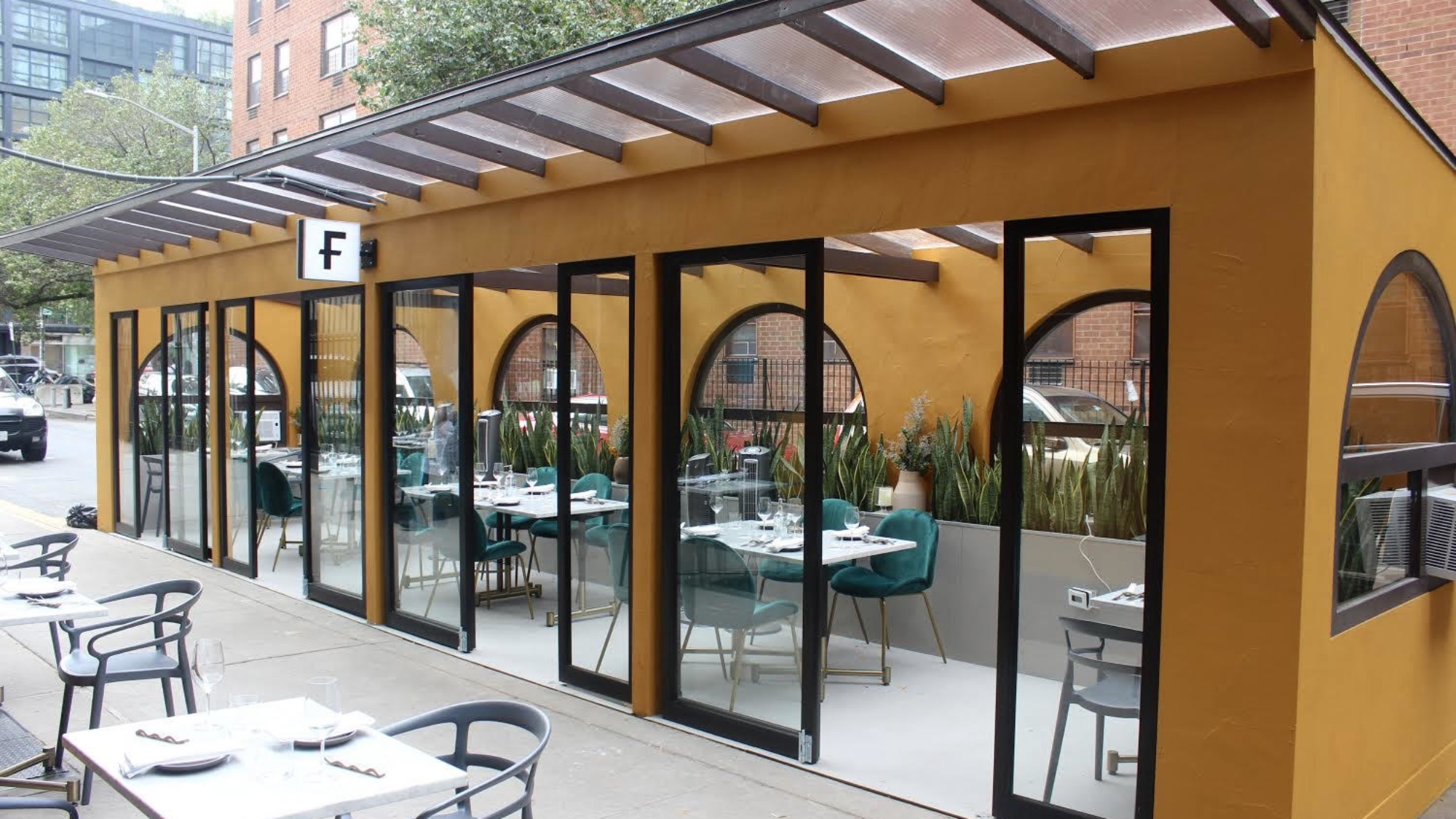
Eight Things to Know About New York’s Forsythia
Before you go to a restaurant, what do you want — or need — to know most? In our series, The Rundown, we’re sharing all the essentials about newly opened (as well as some of your favorite) restaurants.
This time, we’re taking a look at Forsythia, which opened on the Lower East Side in late October 2020, with a focus on rustic, Roman-inspired pastas from chefs Jacob Siwak and Mark Coleman. Now, as Forsythia prepares to expand with a second dining room next door, here’s everything you need to know about this charming pasta specialist.
1. The restaurant got its start as a pandemic pop-up (… and a pop-up before that).
Chef-owner Jacob Siwak originally hoped to open Forsythia in March 2020 but, as we all know, that wasn’t meant to be. So, while their space on Stanton Street was still being constructed, Siwak, Coleman and business operations director Brian Maxwell decided to jump on an opportunity to first open the restaurant as a pandemic pop-up. They had some previous experience with pop-ups: Siwak and Maxwell ran a successful pop-up dinner series, called Dinner Under the Stairs, out of apartments in New York City for about a year, which is what gave them the idea to open Forsythia in the first place.
By sheer luck, they found a space in the East Village — home to a bakery and cooking class space called Atelier Sucré — where they sold at-home pasta kits and offered outdoor backyard dining during the summer until their space was ready.
That pop-up, says Siwak, was the ideal place to “workshop” menu ideas and it also led to the creation of some of Forsythia’s signature dishes, like the cacio e pepe suppli — a creamy mound of cacio e pepe risotto and mozzarella di bufala that’s breaded and fried.
Originally, Siwak and Coleman planned to rotate suppli flavors regularly — an early version had leeks and taleggio, for example — but once the cacio e pepe version was unveiled, there was no going back. “That one became so immediately popular and resonated with people so much that when we opened up the space on Stanton, it was our signature dish right when we came out of the gate,” Siwak says.


2. The name is particularly poignant.
Siwak named the restaurant after his favorite flower, the forsythia. “It’s the first flower that blooms every spring, during the very first week of March and sometimes even the last week of February. It’s a sign that a darker time is behind you and that there’s something more beautiful to look forward to. And it just so happened that the pandemic also gave that an even more timely meaning.”
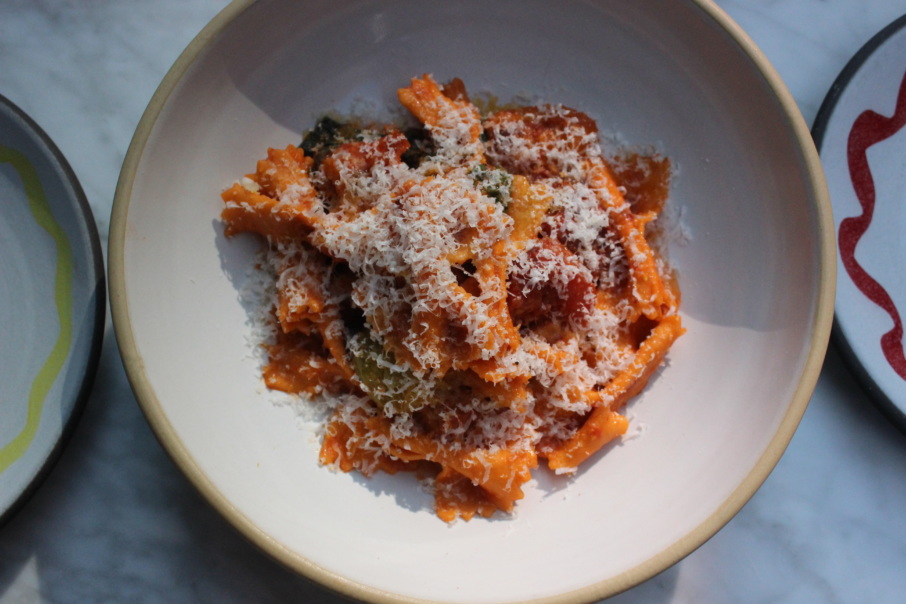
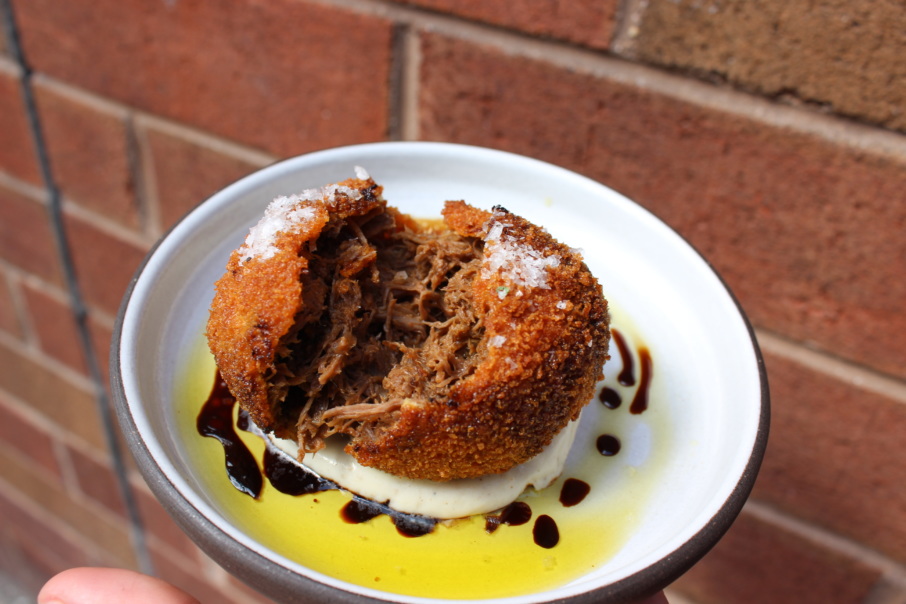
3. Italy is the inspiration for pretty much everything at Forsythia.
Forsythia’s menu centers itself on Roman cuisine (read: lots of pasta) and the restaurant itself was designed to feel like a home in Italy, with a warm glow, curved ceilings, and open kitchen (you might even snag a table right next to the kitchen oven). Contemporary Italian music plays over the speakers.
The fully covered outdoor dining structure was modeled after Italian pergolas.
“Our goal at Forsythia is for you to step into the restaurant and feel like you’re being taken someplace else for the next two hours,” says Siwak.
And that place, they hope, is Rome: “The Roman diet is almost a daily dose of pasta and it sounds like a joke, but if you spend time with Romans, they will eat one plate of pasta a day, if not more than that, and that’s how we think about our menu: We offer antipasti and primi (pastas) to give people that true central Italian experience of pasta on pasta.”
Italian food and culture have always had a big influence on Siwak: handmade pasta at the dinner table was a non-negotiable for his Italian mother, and he took his first trip to Italy at the age of 8 for a cousin’s wedding. But a nearly year-long stint working as a cook in Italy — first at Rome’s Santo Palato and then at La Vecchia Scuola Bolognese in Bologna — really put things into perspective for Siwak, especially when it came to working in restaurants.
“Completely aside from the romance of living in Italy and working on the pasta station at this really busy trattoria, the biggest takeaway I had there was that’s there’s zero professional sacrifice in Italy,” Siwak says. “Everyone I worked with lived a balanced life, and they treated each other with kindness, respect, and empathy — and that radically different work environment really resonated with me.”
At Forsythia, it’s not just the food or the ambience that has its roots in Italy — it’s the management style, too. “If the entire staff is at ease, and they’re happy to be here and ready to provide warm hospitality for the guests, everyone is going to have a way better experience; it’s a win-win for everyone,” Siwak says.
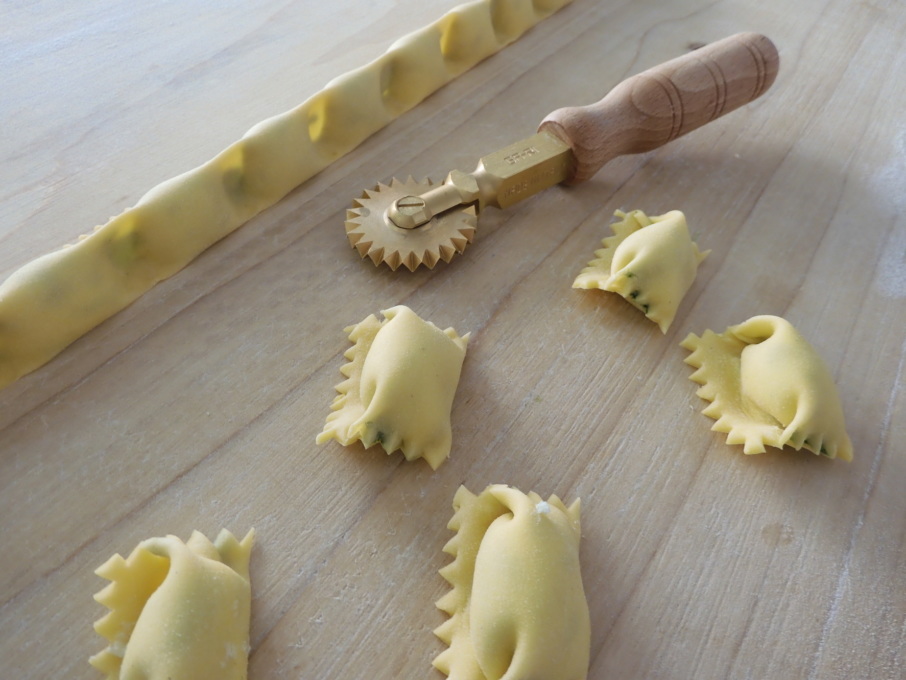
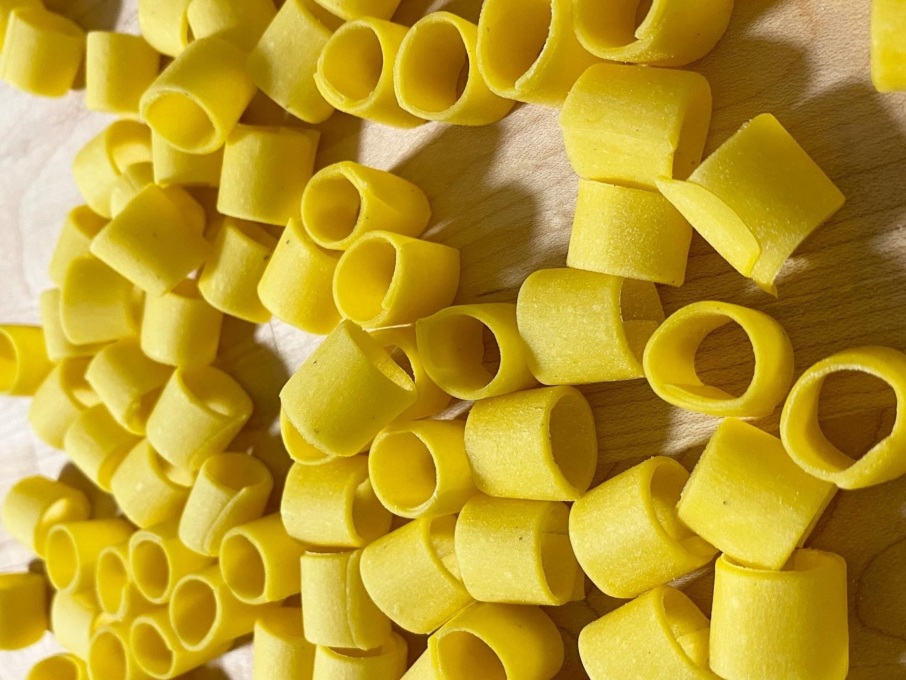
4. They take “handmade” very seriously here.
New York has no dearth of Italian restaurants or pasta specialists, to be sure, but at Forsythia they take pasta making very seriously: Nearly all of their pastas, of which there are at least eight on the menu every day, are made exclusively by hand. And if a pasta shape happens to be extruded, it’s also being powered by hand — it takes two cooks to crank out pasta using the manual extruder. Siwak and chef Rene Sprague, who previously worked at Hearth and Pasquale Jones, make the pasta daily.
5. Ditto for the change in seasons.
Forsythia’s menu is always subject to change, depending on what they find at the greenmarket. So, what you might have loved on one visit isn’t guaranteed to be on the menu during your next visit. Coleman and Siwak aren’t afraid to make changes to the menu on a daily basis.
Soon, Siwak says, they’ll be getting a shipment of white truffles that’ll be incorporated into a bucatini with truffle butter and anchovies, for example. And in a week or two when the quality of basil starts to dip, they’ll take the trofie with basil pesto off the menu.
Siwak says that for the summer, Forsythia’s menu leans heavily into southern Italy, like their tagliatelle with lobster, fennel, Calabrian chile, and lemons. In the winter, the focus shifts to northern Italy, with richer, heartier dishes. But year-round, central Italy, and its deep appreciation of pasta, is the biggest inspiration.
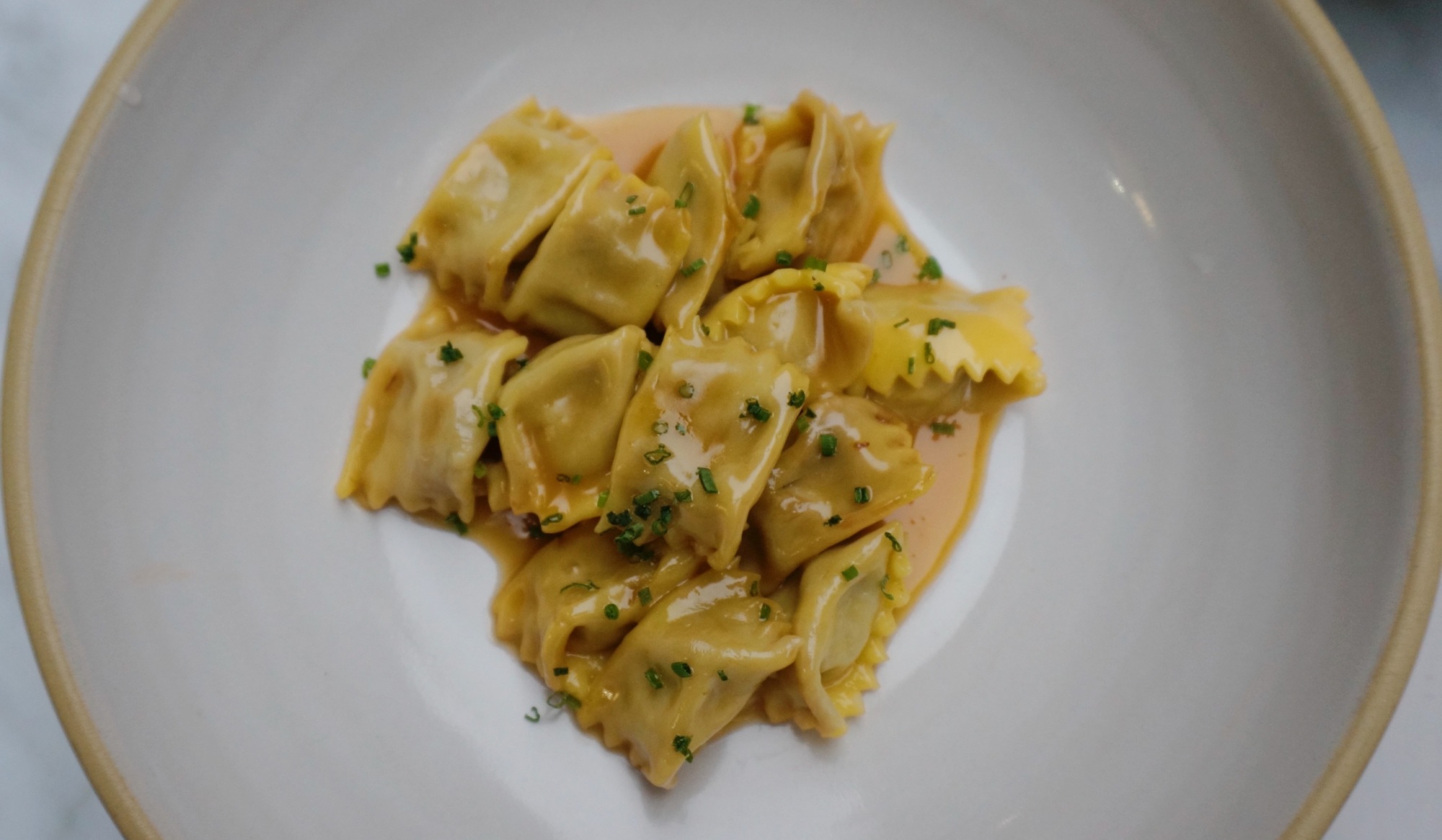
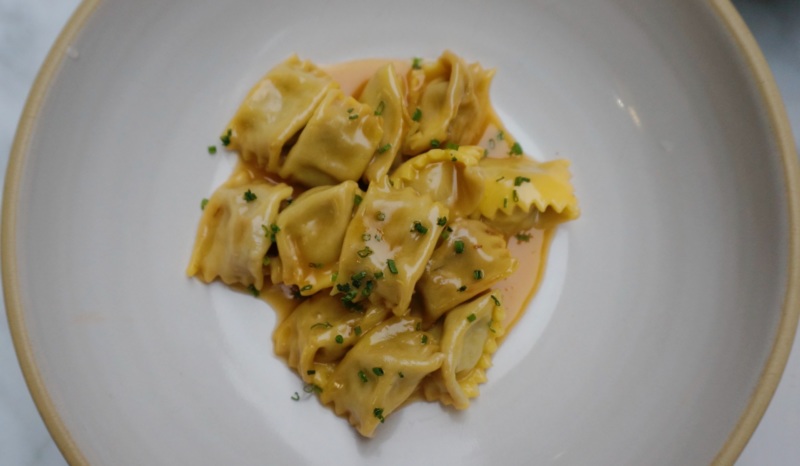
6. But there are a few menu mainstays.
However, there are at least three dishes that will never leave the menu: the cacio e pepe suppli, the agnolotti filled with short rib, and a version of carbonara.
The agnolotti is one of Siwak’s favorite dishes and it also happens to be Forsythia’s most popular pasta dish. Coleman came up with the dish by using up some leftover meat from their polpetta di Santo Palato. “We just put it up as a special one night and it immediately became our most popular pasta, and we do not have the ability to take it off our menu,” Siwak says.
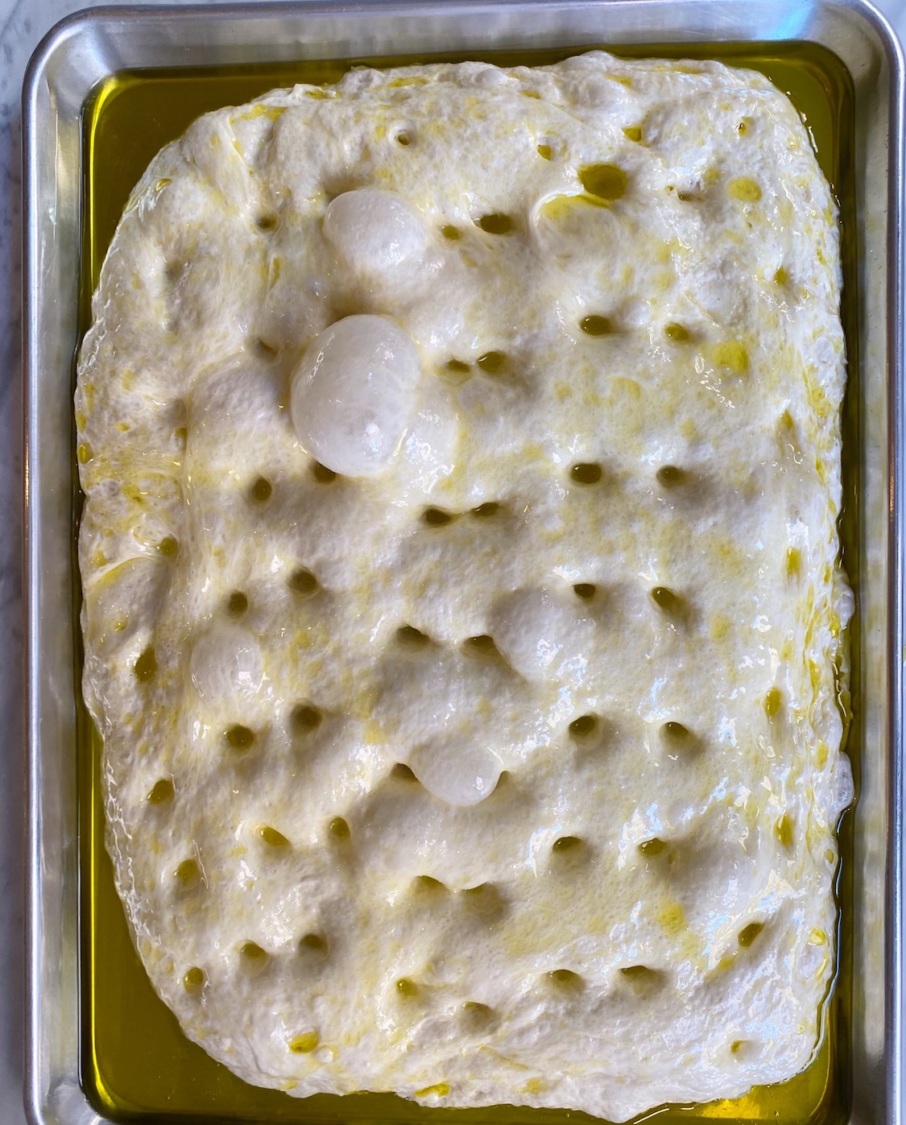
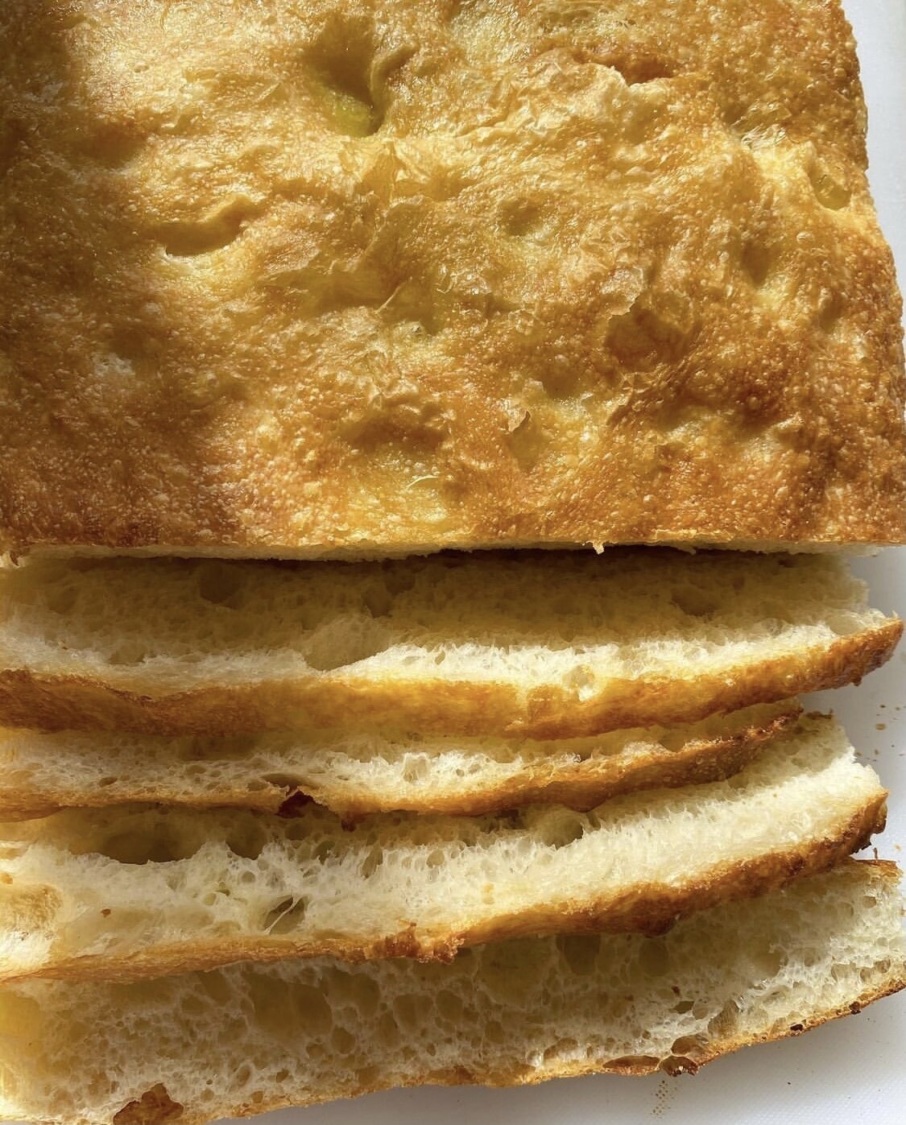
7. Pro tip: Save room for the focaccia.
Every meal at Forsythia starts with a few slices of their housemade focaccia, served with butter and olive oil, and it’s something you definitely should not pass on.
The secret to its light and airy texture? Siwak says the recipe originally came from Mattia Bazzurri, the pastry chef at Santo Palato in Rome. General manager Maxwell, a talented bread baker, took that recipe and modified it for Forsythia. (He also came up with the recipe for Forsythia’s maritozzo, a classic Roman dessert that involves a sweet bread stuffed with cream.)


8. And know that your server might just be the chef (and the somm).
Just as the general manager sometimes does double duty as a pastry chef, chef-owner Siwak also works as a server, and he, along with service director George Bernard, picks out the wines, too.
“I think it’s my role as an owner to do whatever is needed and necessary on a daily basis and the easiest way for me to do that is to know how to do everything,” Siwak explains. “I love that I’m getting feedback on our dining experience in real time, every single night, from dozens of guests, and it makes it a lot easier for me to identify areas where we can be improving things.”
He adds, “I know it’s pretty atypical for an owner, and a chef to be serving tables, and to be taking orders and pouring wine, but I think it should be more typical. In Italy, it’s completely normal to have a chef and owner walking around the restaurant at night, welcoming guests and pouring wine and taking orders. I think that if the owner is walking around on the floor and welcoming guests, talking to them, making sure that they’re having an A-plus experience, I think it means a lot to them, and it impacts their experience in a really positive way.”
Forsythia is open for dinner Tuesdays to Saturdays from 5 to 11 p.m. Reservations go live 13 days in advance at 10 a.m.
Discover More

Stephen Satterfield's Corner Table















